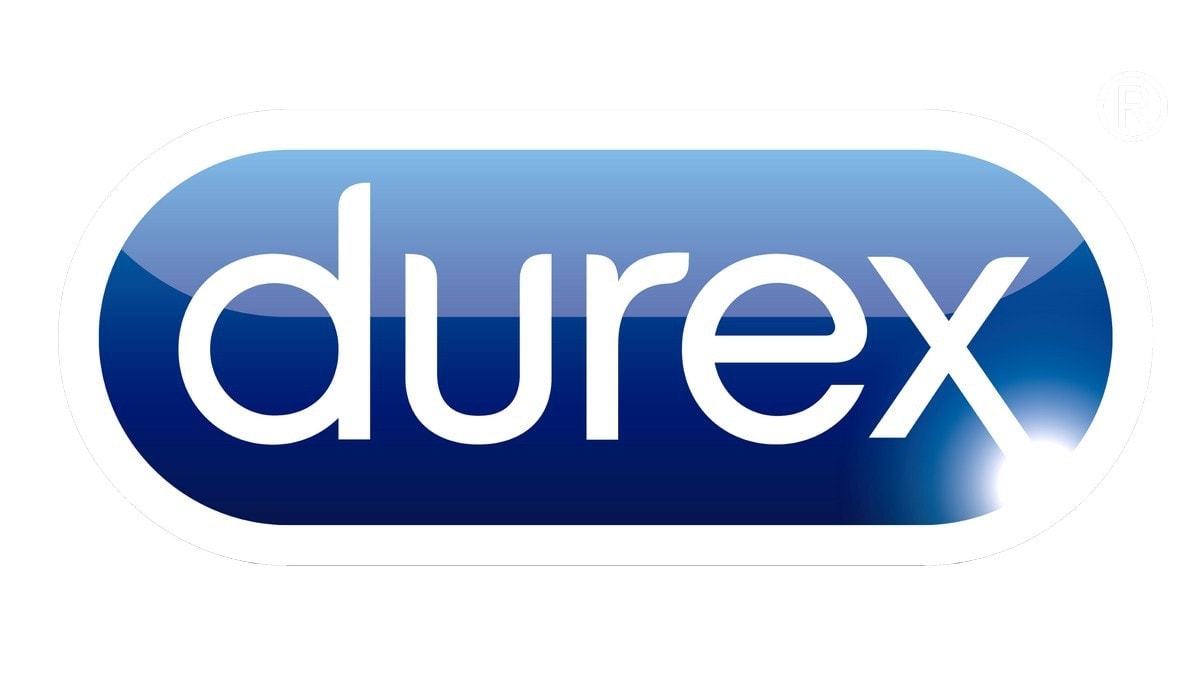It’s been almost 88 years that Durex has been associated with the lives of billions of men and women across the globe. An acronym envisaged decades ago, referring to three main qualities, i.e., DUrability, REliability, and EXcellence, has stood by the true meaning and value it represented, which has now allowed it to have a presence across more than 200 countries.
History
Founded in 1915 by LA Jackson, the London Rubber company initially started selling imported condoms. Later on, in 1929, it registered the Durex brand and, after three years, became Europe’s first manufacturer of latex condoms. With growing prospects, London rubber Company floated on the stock exchange in 1985 and changed its name to London International. In 1997, its Indian venture partner TTK Group started manufacturing Durex for the local and export market. In 1999, London International merged with Seton Scholl Healthcare to form SSL International, which was later acquired in 2010 by Reckitt Benckiser. (The aftermath of TTK Group is altogether an exciting story for another blog.)
SWOT Analysis
Strengths
| Weaknesses
|
Opportunities
| Threats
|
STP Analysis
Segmentation:
- Gender: Male and Female
- Region: Urban and Rural
Targeting:
- The contraceptives product line usually caters to the male segment only, but it is eyeing the female segment with growing acceptance. For other products, it caters to both men and women.
- With its premium pricing, Durex targeted the urban market only. However, with the recent launch of lower-priced different condoms, it intends to tap deeper into the rural market.
Positioning:
- With its tagline, ‘Feel Deep Inside,’ Durex has always tried to focus on the emotional aspects of sex. Its advertisements and other forms of communications have always adopted humour to connect to the young population.
4P’s of Marketing Mix
- Product: At present, the company deals in condoms, lubricants, and rings. Under the condoms segment, it has tried to add new products from time to time, be it the launch in the flavoured segment a year ago or the introduction of India’s thinnest condom ‘Invisible’ this year.
- Price: Durex usually caters to the premium segment; hence its products are highly-priced. However, with the recent entry into the flavours category and pricing it at a lower rate, it is trying to expand its market access.
- Place: The company uses both the traditional channels (e.g., Chemist Shops) and the online mode of distribution, collaborating with Online Pharmacies and e-Commerce platform. In 2014, it launched its website to sell the products online and enhance consumers’ knowledge about sexual wellbeing.
- Promotion: The brand focuses on promotion and uses various tools from time to time, such as advertisements, Online Marketing Campaigns, Celebrity endorsements, and Influencers, besides the online discount mechanism.
Successful Components of Durex’s Marketing
When the demand for the product is inelastic, and there is stiff competition in the market- sellers selling the homogenous product, in such a situation creating a distinct brand image becomes altogether essential.
- While its premium price assured of quality, Durex tries to position the brand as a funky youth brand compared to an erotic image of its primary competitor, Manforce. This innovative idea, along with roping in of Ranveer Singh as the brand ambassador, allowed the company to reach out to the masses.
- The company avoids women’s objectification in its advertisements. Thus, differentiating it as a brand from its competitors.
- It tries to maintain a buzz among customers through its Marketing Campaigns from time to time, such as #D20 during the IPL T20 cricket tournament or the launch of its Durex Jeans.

To make its campaign successful, it also collaborates with various actors and influencers, such as Kalki Koechlin.
- The company also brings awareness of sexual wellbeing among children and the LGBTQ community as a part of its CSR initiatives.
- Durex has maintained a strong online presence and has time and again used the moment marketing to remain connected to the youth, which in return has supplemented in maintaining its long-term brand image.
RECENT PRODUCT LAUNCH: A MARKETING LESSON
Identifying the need of the customer is the bedrock of marketing. Its importance in marketing, be it almost a century ago or today, will always remain the same. The recent launch of Durex’s product thus presents an exciting resemblance to this ‘need analysis‘ concept and the origin of the brand itself.
The reason why the founder LA Jackson was able to set up this business successfully was that he was able to analyze the profits made by E Lambert & Son of Dalston, who had been manufacturing condoms since the 1870s. Moreover, he realized that World War I had dramatically increased the use of condoms as both the Germans and Americans had promoted their use and issued them to their soldiers. As a result, he started importing condoms and then manufacturing them.
Thus, the analysis of market needs and trends laid the foundation of this brand. Whereas after 91 years, the recent launch of its Durex Invisible, India’s thinnest condom, highlights a similar application of this principle. The main reason for the lesser use of condoms is that people don’t want any barrier while having sex and considered it as discomfort in their pleasure. This perfect identification of consumer needs and their address in a highly competitive environment provides an excellent case study for marketing enthusiasts.
So while you might have learned something from this analysis, in the end, during this COVID Time, we’ll leave you with this message from Durex!
[wpforms id=”320″ title=”true”]

